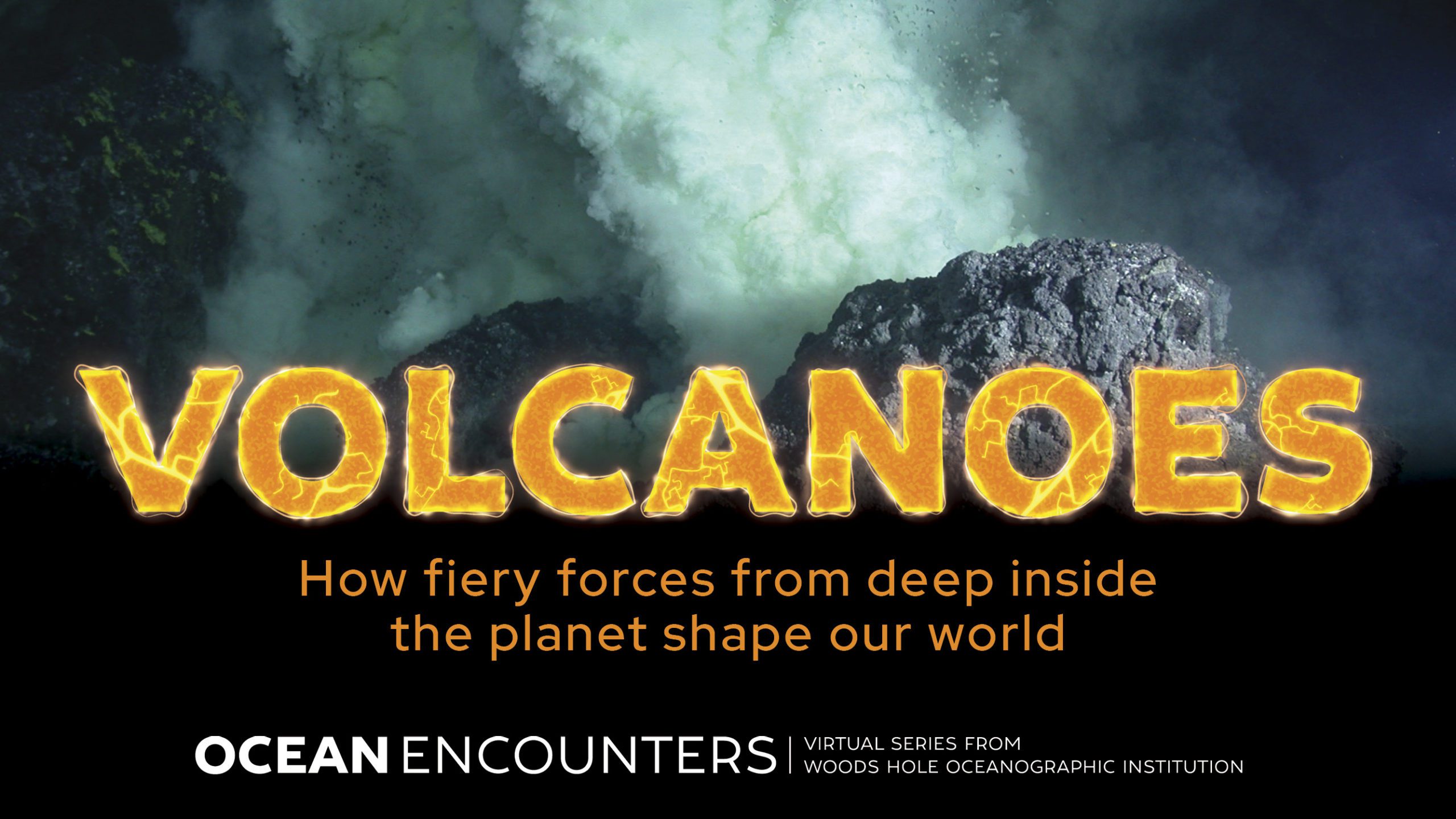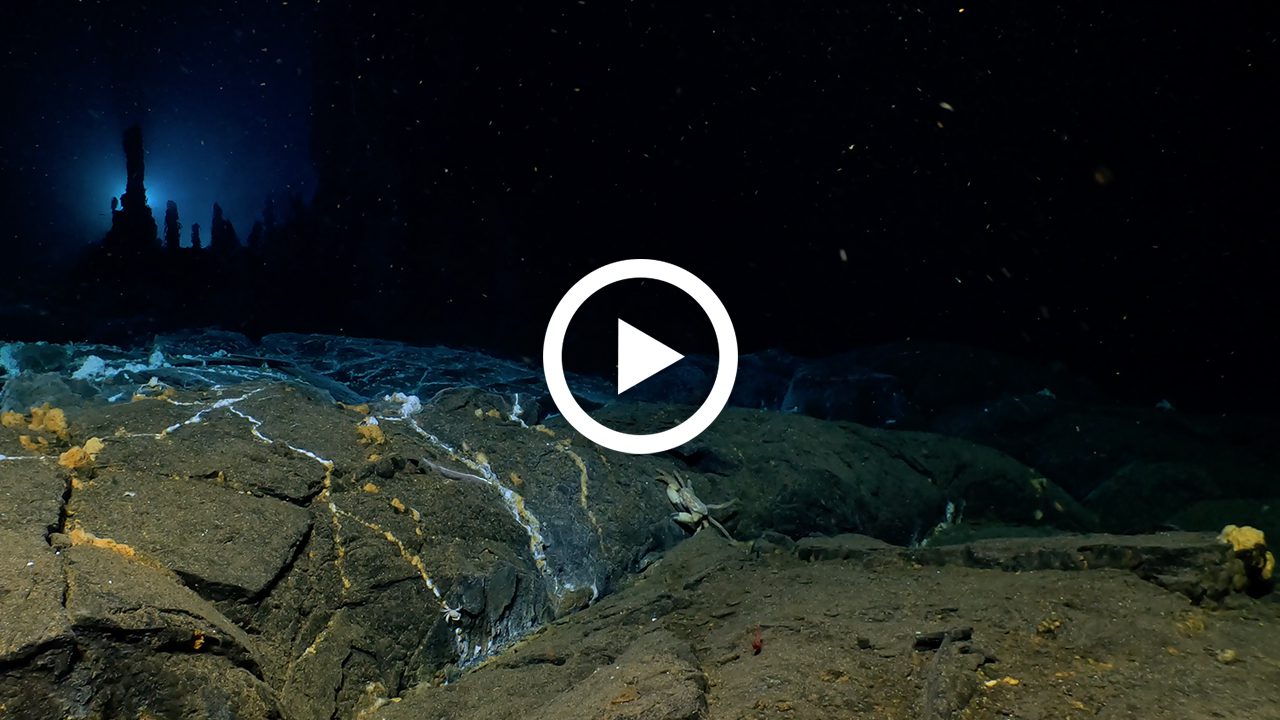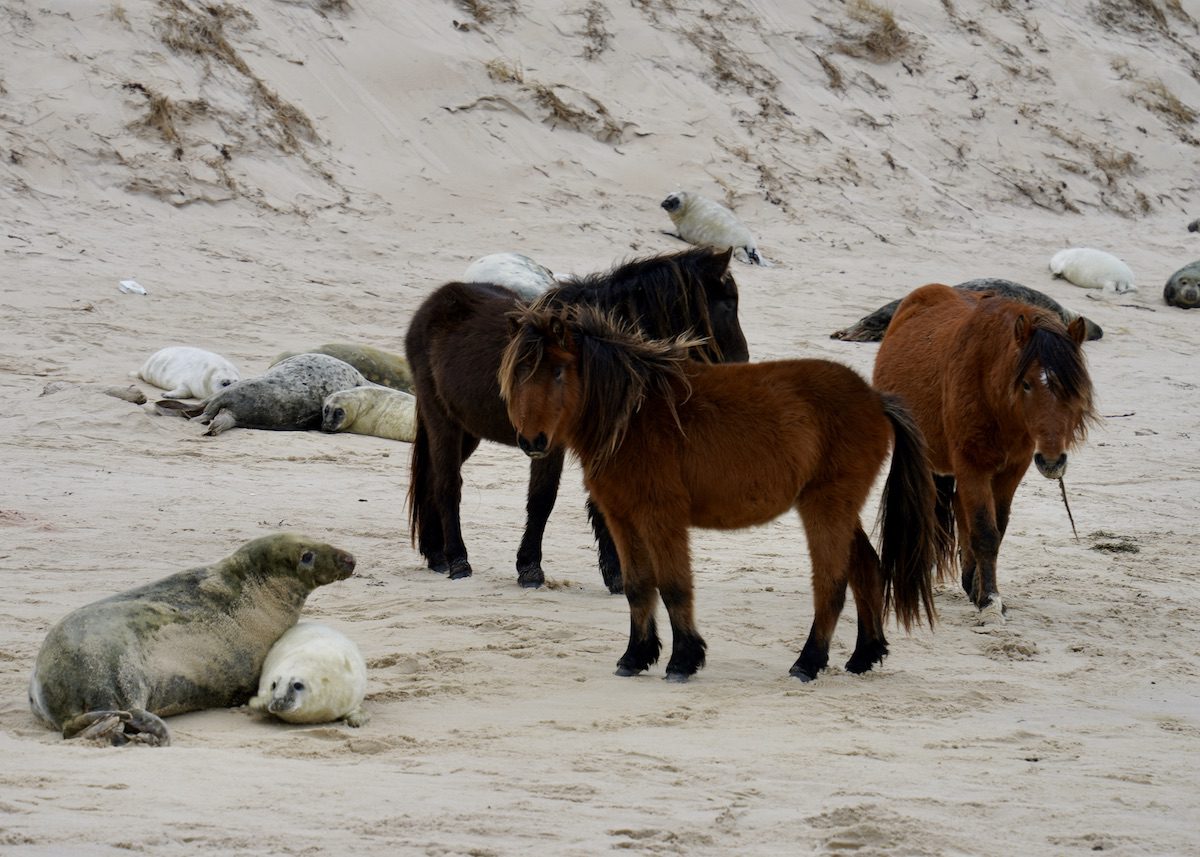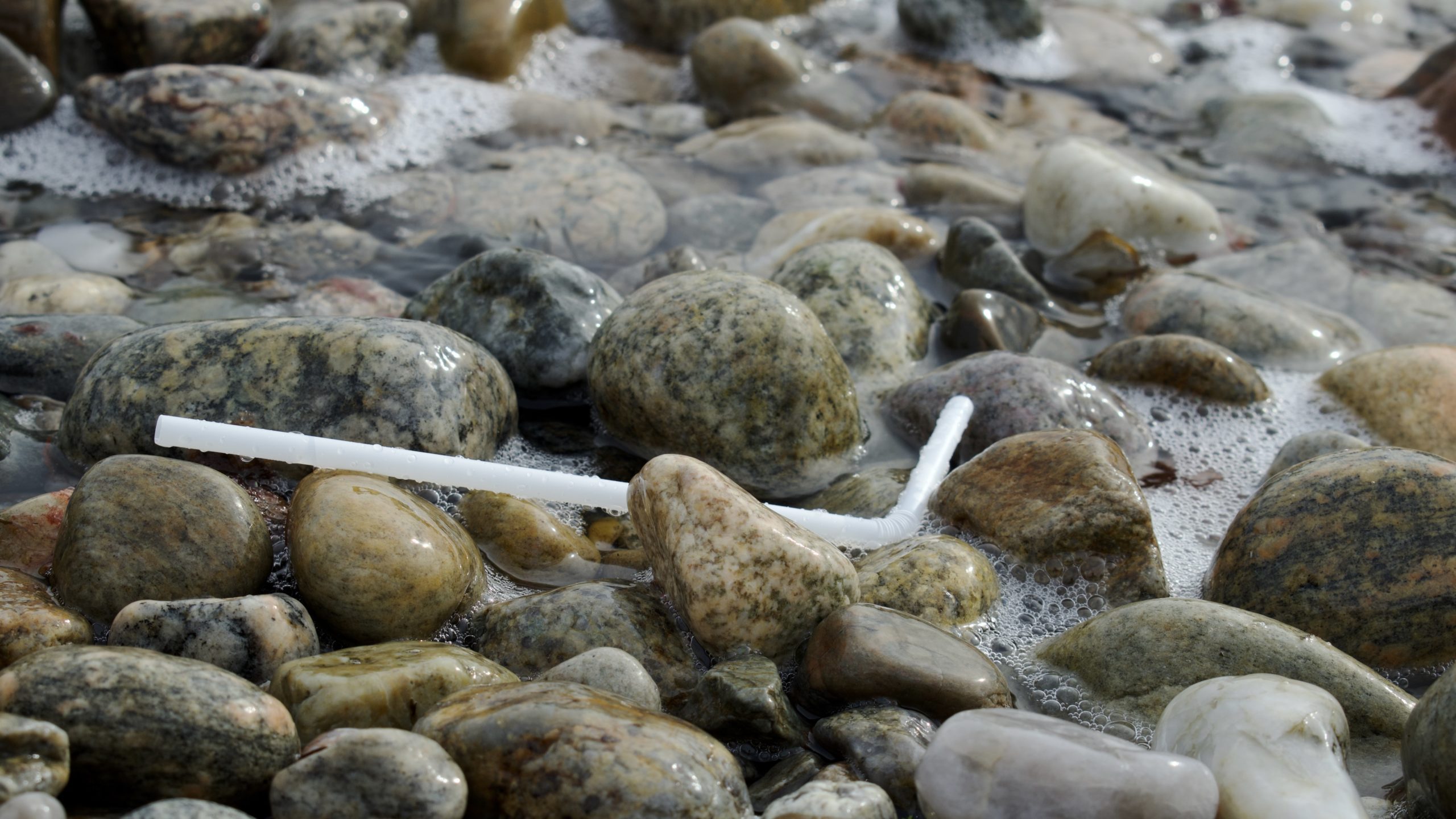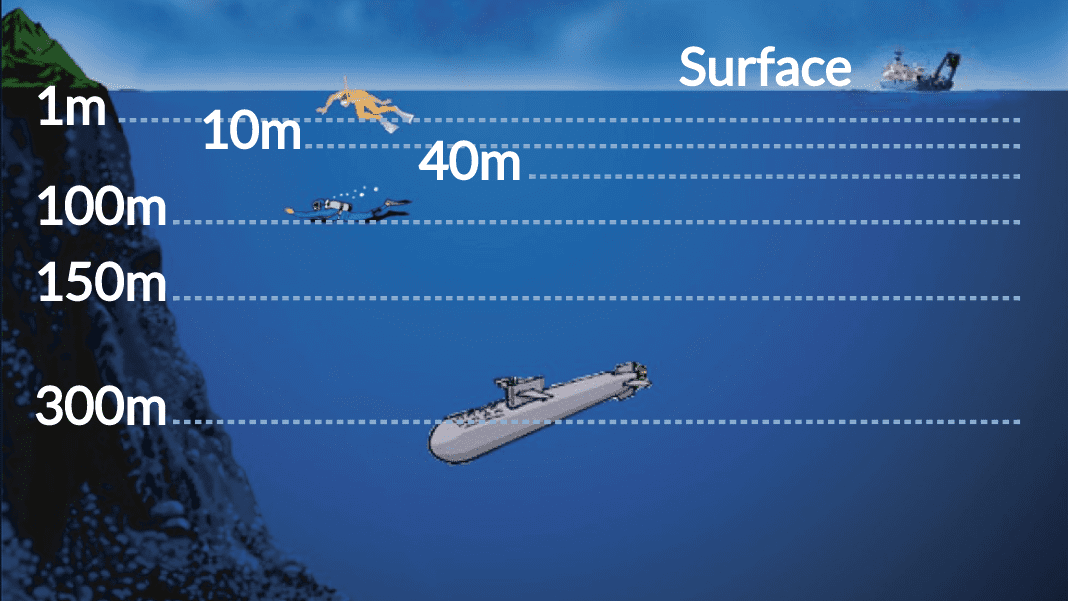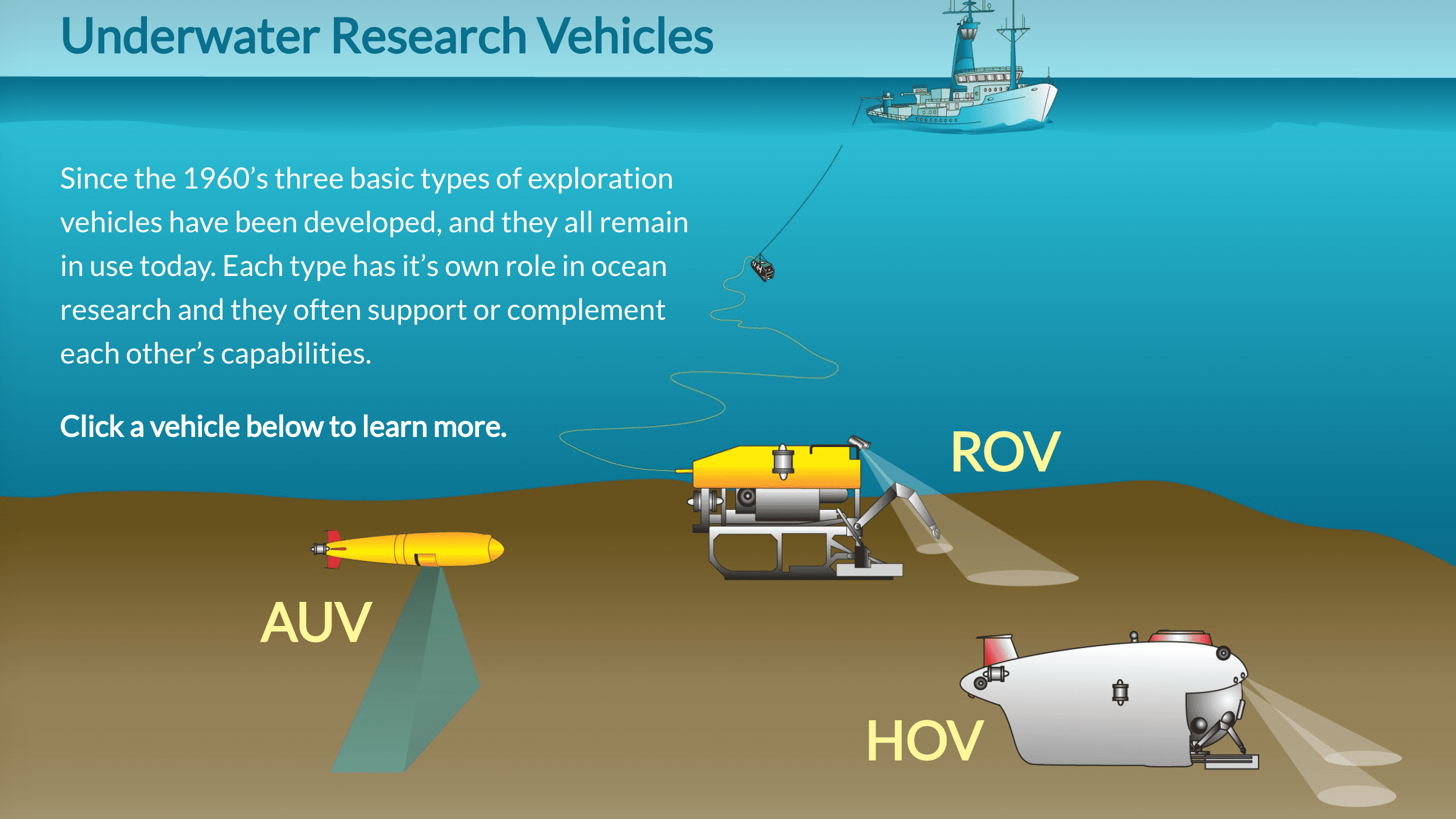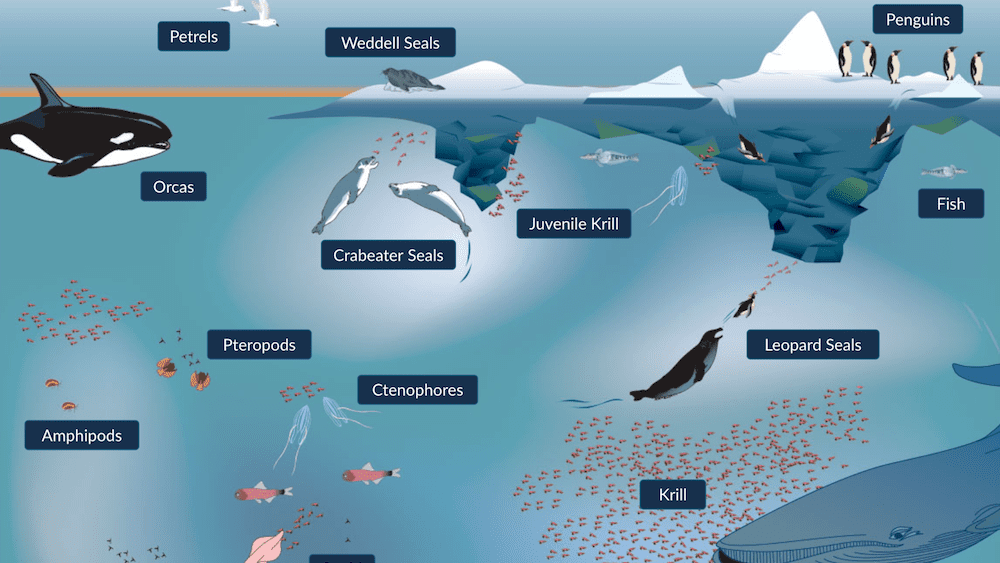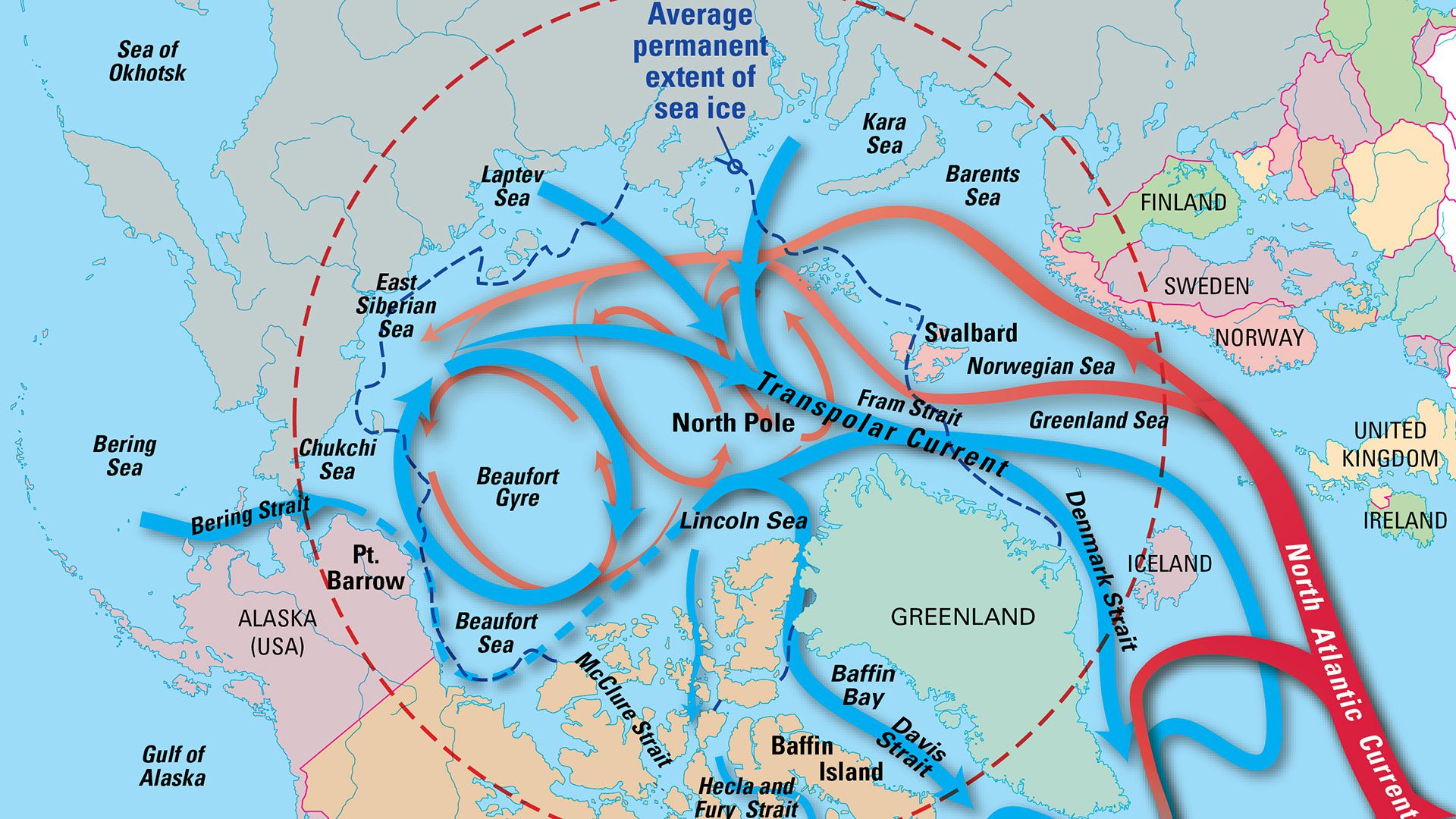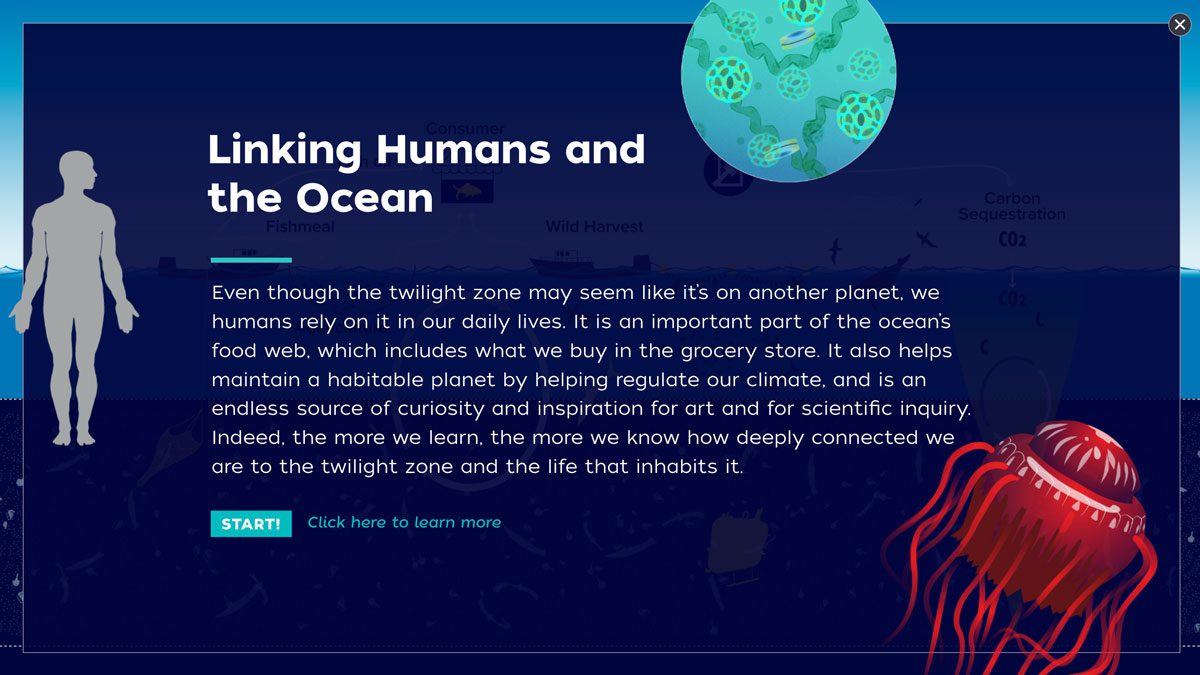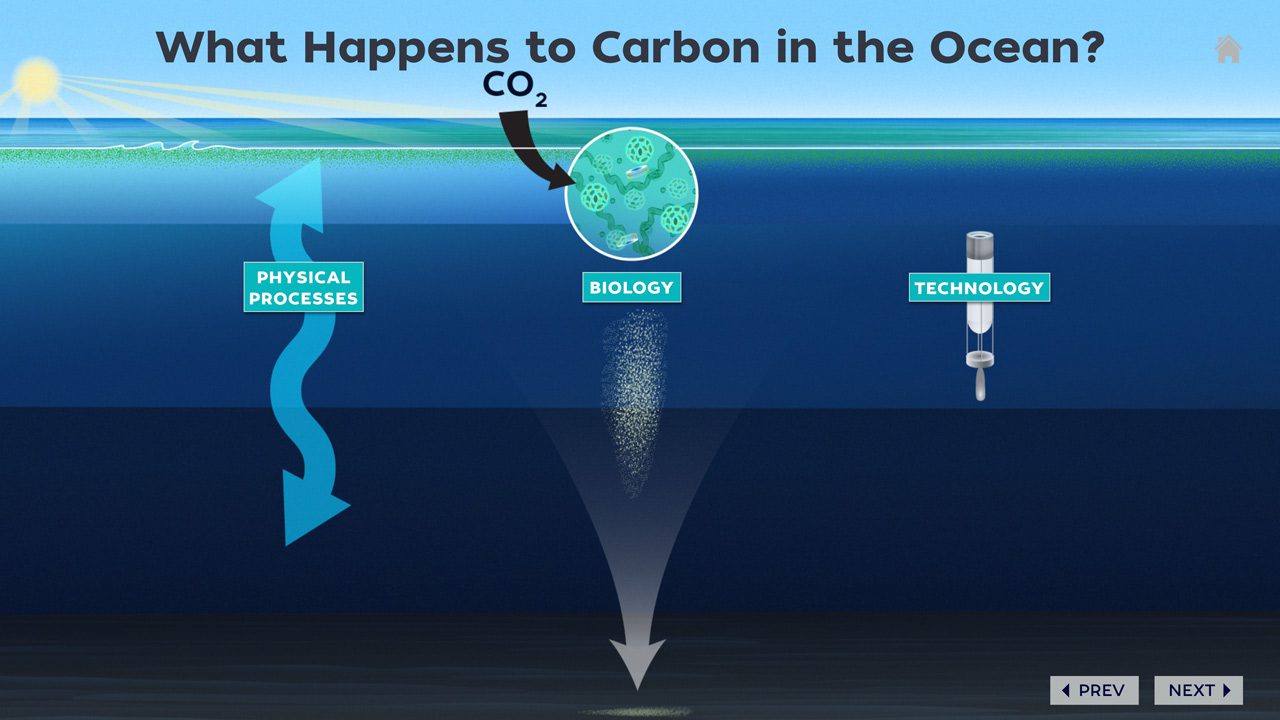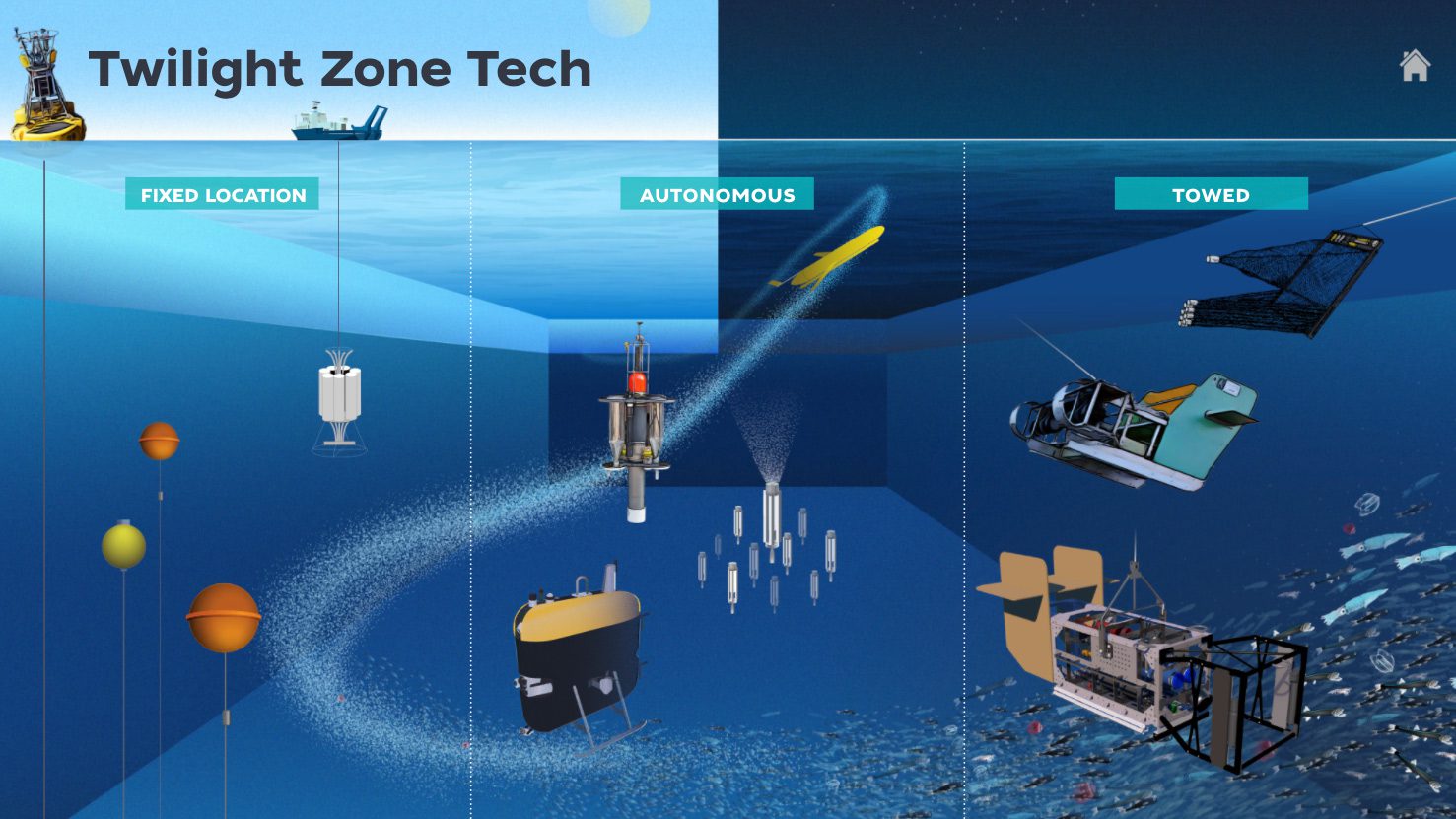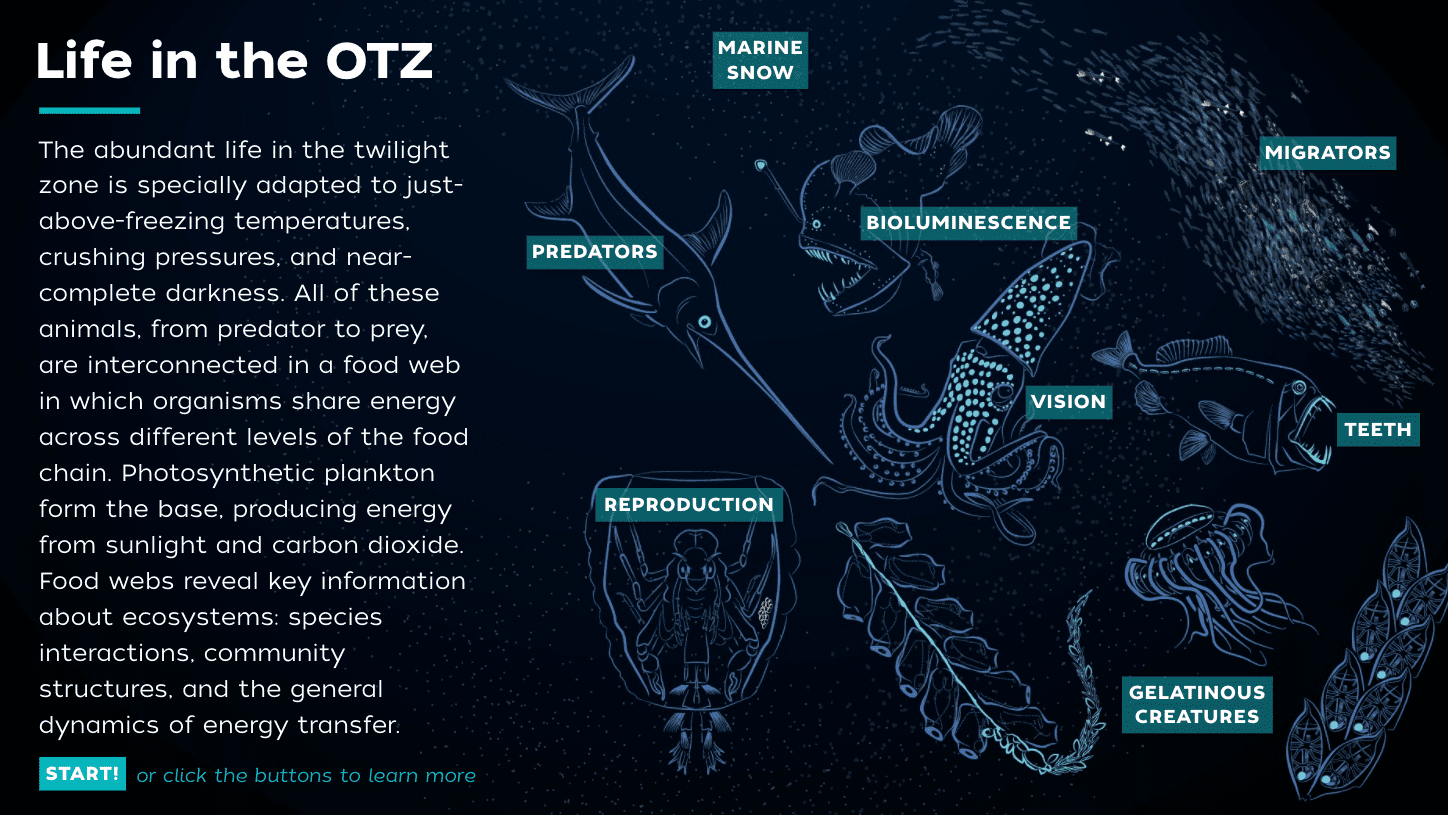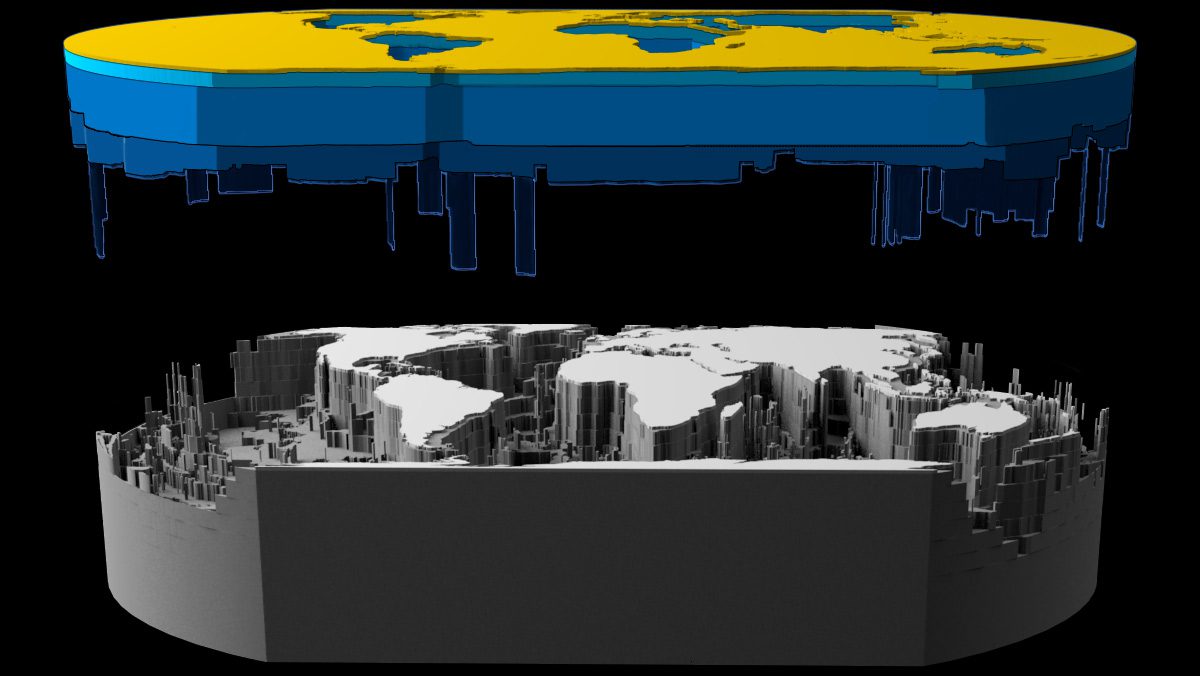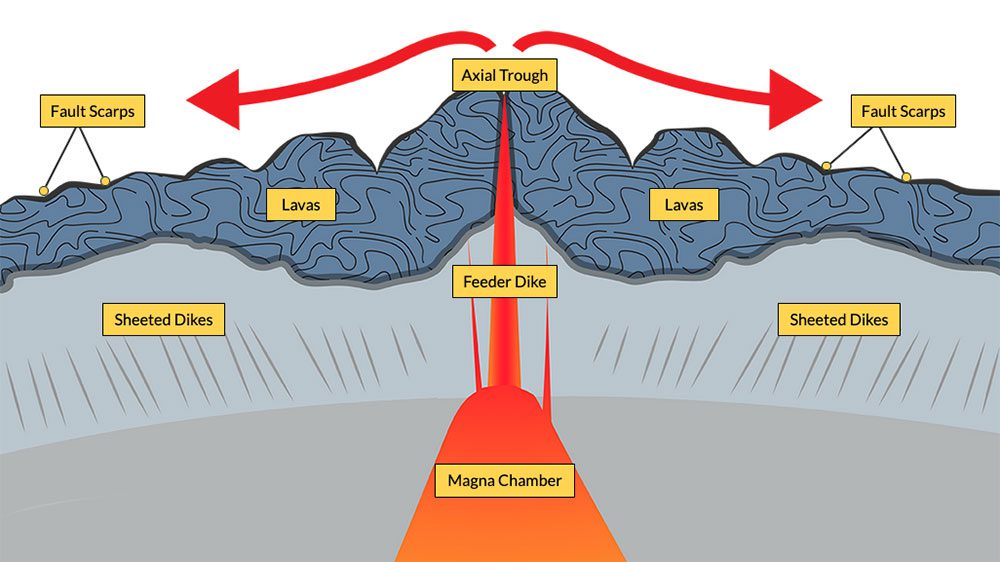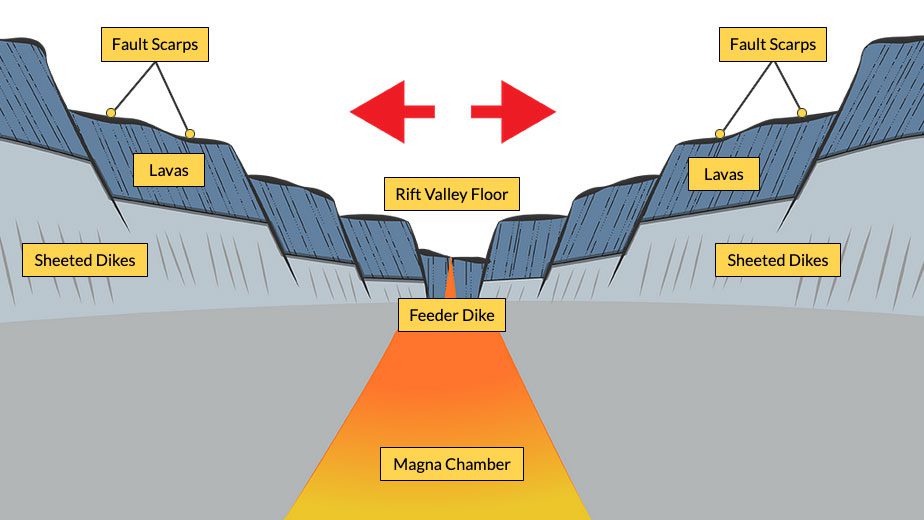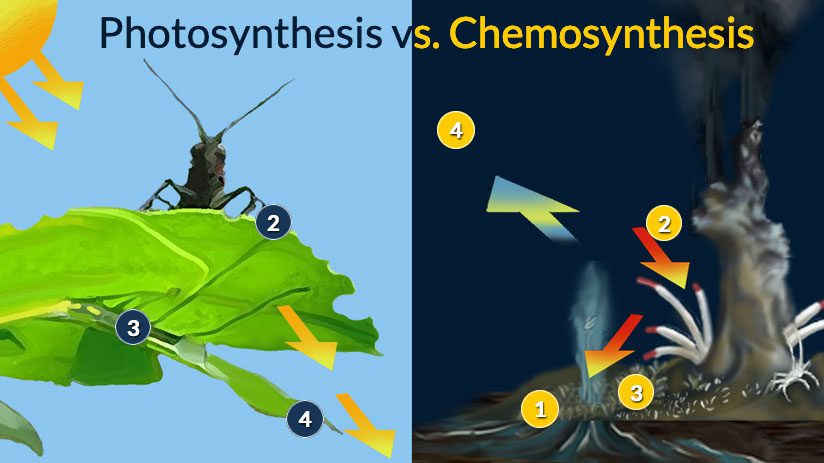Multimedia Items
Ocean Encounters: Volcanoes
Volcanoes make headlines when they erupt, yet the vast majority of Earth’s volcanic activity happens far from view on the seafloor. Join us to find out more about volcanoes, what we are learning from them, and how they impact our ocean planet.
Read MoreIlluminating the Seafloor
Teamwork between a deep-sea robot and a human occupied submarine recently led to the discovery of five new hydrothermal vents on the seafloor of the eastern Tropical Pacific Ocean.
Read MoreSeals and Wild Horses on Sable Island, Nova Scotia
While East Coast seal populations have dramatically increased in recent years, a staggering proportion of Sable Island seals don’t make it to their first birthday. WHOI biologist Michelle Shero is looking into the influence of iron in seal mothers’ milk on pup survival rates.
Read MoreSonic Youth: Researchers Investigate if Sound Can Save Corals
What does a healthy coral reef SOUND like? It’s bursting with sound, full of the croaks, purrs, and grunts of various fish. New research suggests that larval animals use this symphony of sounds to help them determine where they should live and grow. Could this new knowledge help protect reef systems that are already vulnerable to warming oceans and other stressors?
Read MoreWHOI Scientists Test Prototype Water-Level Sensor
Did you know 43% of Massachusetts’ population lives in a coastal community? WHOI researchers are working to help them protect their futures with the creation of a low-cost water-level sensor. Two prototypes are currently being tested alongside NOAA tidal gauges. Once they confirm they’re working properly, data will be publicly available to help cities and towns plan with resiliency planning.
Read MoreDo all plastics degrade the same?
Plastic pollution is widely recognized as a huge problem for marine ecosystems and human health, but the lack of alternatives makes it hard to minimize its impacts. That’s why #WHOI scientists, in partnership with Eastman Chemical, have created a prototype for a new type of plastic straw derived from wood. A new study published in ACS Sustainable Chemistry & Engineering shows these cellulose diacetate straws break down even faster than paper. One of the study’s authors WHOI scientist Collin Ward says this research emphasizes the importance of partnerships between industry and academia when it comes to keeping pollutants out of the ocean.
Read MoreUnderwater Vehicles: How much pressure?
Underwater Vehicles: How deep can we go?
Underwater Research Vehicles
Antarctic Ecosystem
The Arctic Ocean Ecosystem
Despite the harsh weather and the ice cover, the Arctic Ocean is teeming with life. It has a complex but abundance ecosystem that supports large predators such as walruses, polar […]
Read MoreThe Arctic: Ocean Circulation
Follow the water as it enters and exits the Arctic Ocean. Click on the numbers to find out how the Arctic Ocean Circulation works.
Read MorePlate Movements
Plate Boundaries
Sources: Earthquake Data: National Geophysical Data Center / World Data Service (NGDC/WDS): Significant Earthquake Database. National Geophysical Data Center, NOAA. doi:10.7289/V5TD9V7K
Vent Field Data: Beaulieu, […]
Read MoreOcean Twilight Zone: The Human Connection
Ocean Twilight Zone: Migration
Ocean Twilight Zone: Carbon
Twilight Zone Technology
Life in the Twilight Zone
Twilight Zone Basics
Fast-Spreading Mid-Ocean Ridge
Faster spreading ridges like the northern and southern East Pacific Rise are “hotter,” meaning more magma is present beneath the ridge axis and more volcanic eruptions occur. Because the plate […]
Read MoreSlow-Spreading Mid-Ocean Ridge
Slow spreading ridges like the Mid-Atlantic Ridge generally have large, wide rift valleys, sometimes as big as 10-20 km wide and very rugged terrain at the ridge crest that can […]
Read More
